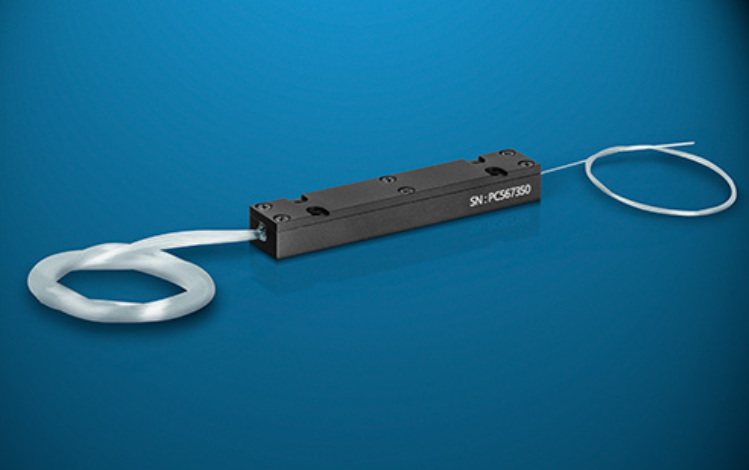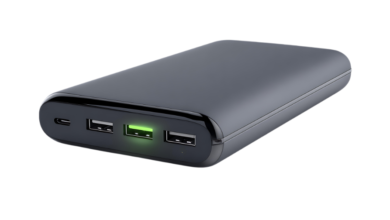Understanding the Role of Pump and Signal Combiner in Modern Fiber Optic Systems

In today’s rapidly advancing world of optical communication and high-power laser systems, efficient signal transmission and minimal energy loss are critical. One essential component helping meet these demands is the pump and signal combiner. This device plays a key role in fiber lasers and amplifiers, ensuring optimal performance, scalability, and reliability. As data transmission requirements grow and applications such as medical diagnostics, defense, and telecommunications continue to evolve, understanding pump and signal combiner this device’s function becomes increasingly important.
This article explores what a pump and signal combiner is, how it works, its key applications, advantages, and the technological advancements shaping its future.
What Is a Pump and Signal Combiner?
A pump and signal combiner is a passive fiber-optic component that enables multiple pump laser diodes and an optical signal to be efficiently combined into a single output fiber. These combiners are typically used in fiber laser and fiber amplifier systems, where high optical power is necessary to amplify or generate signals.
The device operates by merging high-power pump light (usually from laser diodes) with a signal input into a double-clad fiber. This allows the signal to be amplified as it passes through the doped fiber core, which is pumped by the light coming from the cladding.
Basic Working Principle
The combiner utilizes advanced tapering and fusion techniques to blend several pump inputs—usually in the 915–980 nm wavelength range—with a signal wavelength (often around 1064 nm for Ytterbium-doped fibers). The output is typically a double-clad fiber where the core carries the signal and the inner cladding carries the pump light.
Here’s how the process typically works:
- Pump Inputs: Several multimode pump fibers (e.g., 105/125 µm) are spliced into the combiner to inject pump energy.
- Signal Input: A single-mode signal fiber (e.g., 10/125 µm) is also introduced into the combiner.
- Combining Stage: The combiner uses a specialized taper or fusion process to merge the pump and signal paths into a single double-clad output.
- Amplification: The pump energy in the cladding excites the doped core of the output fiber, amplifying the signal as it propagates.
This approach allows for extremely high-power signal amplification while minimizing the need for additional components or complex setups.
Key Applications
The pump and signal combiner is an indispensable component in several high-demand industries. Some of the most significant application areas include:
1. Fiber Laser Systems
These combiners are essential in building high-power fiber lasers for metal cutting, welding, and material processing. The efficient delivery of both pump energy and signal into a doped fiber medium makes these systems compact, scalable, and powerful.
2. Telecommunications
In optical amplifiers such as Erbium-Doped Fiber Amplifiers (EDFAs), these devices help boost signal strength across long fiber links, maintaining high data integrity and speed.
3. Medical and Aesthetic Lasers
Laser-based medical systems use fiber lasers for precision surgery, dermatology, and ophthalmology. The reliability and compactness of combiners make them ideal for handheld or mobile devices.
4. Defense and Aerospace
High-power fiber lasers enabled by efficient combiners are now being used in military applications for rangefinding, countermeasures, and even directed energy weapons.
5. Research and Spectroscopy
Scientific applications that require ultra-stable, high-powered laser beams—like LIDAR and Raman spectroscopy—benefit significantly from the use of these devices.
See also: Smart Home, Smart Living: How Tech Is Transforming Home Upgrades
Types of Pump and Signal Combiners
The design and performance of a pump and signal combiner vary based on system requirements. Some common types include:
- (N+1)×1 Combiners: Where ‘N’ represents the number of pump inputs and ‘1’ stands for the signal input. These are most common in high-power applications.
- Multistage Combiners: Designed to combine even higher numbers of pumps, sometimes in a two-stage configuration (e.g., 6+1×1 followed by 3×1).
- PM (Polarization-Maintaining) Combiners: Used in systems requiring polarization control to maintain beam quality and directionality.
- Tapered Fused Combiners: These use the fused taper method for low-loss and compact integration.
Key Features and Benefits
Using a pump and signal combiner provides several technical and operational benefits:
- High Efficiency: Modern combiners boast pump coupling efficiencies of over 90%, allowing for minimal power loss.
- Compact Design: Their integrated structure reduces the footprint of fiber laser or amplifier setups.
- High Power Handling: Some designs can handle power levels exceeding several kilowatts, making them ideal for industrial-grade lasers.
- Broad Compatibility: They support a wide range of fiber types, including single-mode, multimode, and polarization-maintaining fibers.
- Reduced Splicing Points: Fewer components and splices mean lower insertion loss and greater reliability.
Challenges and Considerations
Despite their advantages, using pump and signal combiners in high-performance systems comes with some engineering challenges:
- Thermal Management: High pump powers generate heat, requiring robust cooling systems to prevent degradation or failure.
- Back-Reflection: Improper handling or poor termination can cause reflections that degrade signal quality or damage components.
- Mechanical Stress: Due to the fusion and tapering methods used, combiners are sensitive to mechanical stress or bending.
Careful design, material choice, and manufacturing techniques help mitigate these issues, but they must still be accounted for during system integration.
Technological Trends and Innovations
The field of fiber optics is continuously evolving, and so are the technologies behind pump and signal combiners. Some trends to watch include:
- Higher Port Density: Next-gen combiners are supporting more pump ports in a smaller footprint.
- All-Fiber Integration: Efforts are ongoing to create all-fiber laser modules with embedded combiners to improve robustness.
- Custom Wavelengths and Power Levels: Manufacturers now offer customizable combiners for specific dopants (e.g., Thulium, Holmium) and unique wavelengths.
- Machine Learning in Design: AI-driven optimization is helping reduce insertion loss and improve thermal handling in future designs.
Conclusion
As the backbone of high-power fiber lasers and optical amplifier systems, the pump and signal combiner is a vital component that enables high efficiency, compact design, and powerful performance. Its role in industries ranging from telecommunications and defense to medical technology underscores its importance in modern engineering. With continued innovation and improved materials, the future of these combiners looks even brighter—paving the way for smaller, more powerful, and more reliable laser systems.
Whether you’re designing a state-of-the-art fiber laser or upgrading your telecom infrastructure, understanding and selecting the right pump and signal combiner can make a significant difference in performance and reliability.






